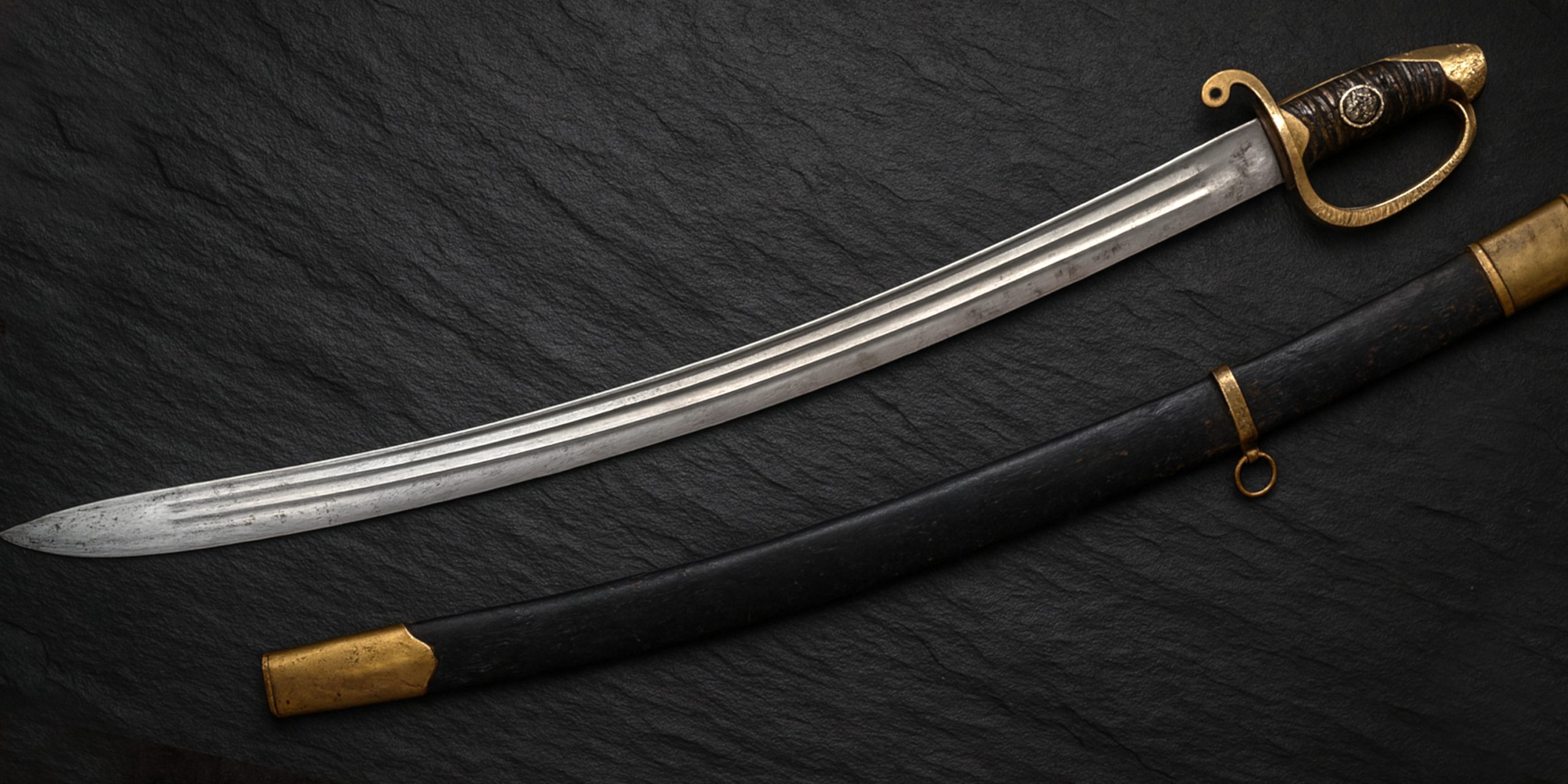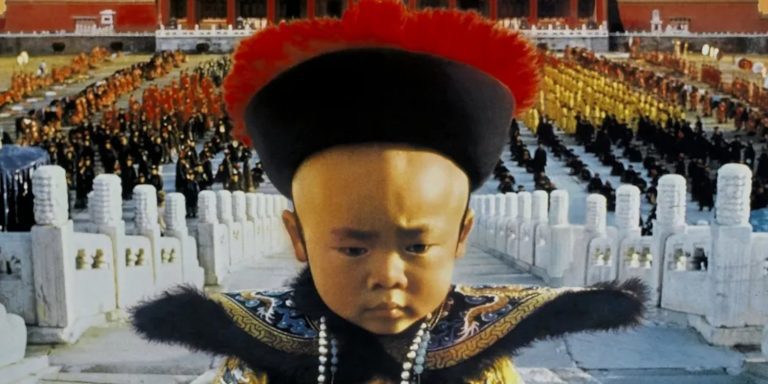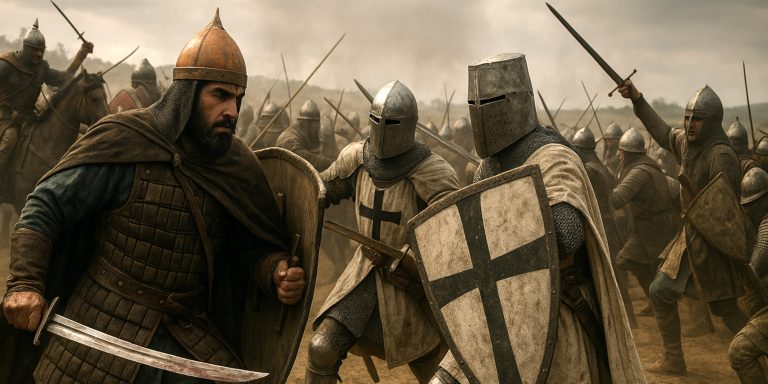
The Russian Dragoon Sabre Model 1910 represents the final refinement of the long sabre tradition in the Imperial Russian cavalry before the upheavals of the First World War and the Revolution. Known in Russian as the Shashka obr. 1910 g., it combined the cutting power of the Cossack shashka with the formal military standardisation required by the Imperial Army. Issued primarily to dragoons and cavalry units, it became one of the last service swords of Imperial Russia and continued in modified forms well into the Soviet period.
Specification
| Aspect | Detail |
|---|---|
| Official designation | Dragoon Sabre Model 1910 (Shashka obr. 1910 g.) |
| Origin | Russian Empire |
| Introduced | 1910 |
| Blade length | Approx. 865 mm (34 in) |
| Total length | Approx. 1,000 mm (39.3 in) |
| Blade type | Curved, single-edged with a broad fuller |
| Hilt type | Brass or steel hilt with enclosed guard, wooden grip scales |
| Scabbard | Steel with two suspension rings |
| Weight (without scabbard) | Around 1.1 kg |
| Balance | Slightly forward for powerful slashing capability |
| Edge type | Sharpened on one side, back-edge near tip occasionally sharpened |
History and Evolution
- Predecessors:
The M1910 sabre evolved from the earlier 1881 and 1887 shashkas used by both Cossacks and line cavalry. These earlier models were influenced by Caucasian and Circassian sword designs, reflecting Russia’s long border conflicts in the region. - Design Intent:
The goal of the 1910 pattern was to unify several differing cavalry sabres into one standardised weapon suitable for dragoons. It retained the shashka’s curved, powerful blade but incorporated a more conventional guard to protect the hand during mounted combat. - Production and Use:
Manufactured in arsenals such as Zlatoust and Tula, the sabre was issued to dragoon regiments across the empire from 1910 onwards. It saw extensive service in the First World War and during the Russian Civil War, often used by both White and Red forces. - Transition into Soviet Period:
After the revolution, the sabre remained in use, eventually influencing the later Soviet Model 1927 and Model 1940 cavalry sabres. These designs retained many of the M1910’s dimensions and balance characteristics, showing its long-term impact on Russian edged weapon design.
Advantages and Disadvantages
| Advantages | Disadvantages |
|---|---|
| Excellent cutting power from curved, well-balanced blade | Less effective for thrusting compared to straight sabres |
| Sturdy, reliable construction suitable for campaign conditions | Brass fittings prone to tarnish and wear |
| Comfortable one-handed use, ideal for mounted troops | Slightly heavy compared to later models |
| Retained traditional form familiar to Russian cavalry | Became outdated as firearms dominated modern warfare |
Comparison with Similar Weapons
| Weapon | Comparison Point | Notes |
|---|---|---|
| British Pattern 1908 Cavalry Sabre | Thrust-focused vs. slashing-focused | The British 1908 was straight and designed for lunges, whereas the Russian 1910 prioritised cuts from horseback. |
| French M1882 Light Cavalry Sabre | Balance and guard | The French model had a lighter build and complex guard; the Russian sabre was more rugged and simpler. |
| Soviet Model 1927 Sabre | Successor | The 1927 version simplified production and reduced curvature while maintaining similar handling. |
| Cossack Shashka (M1881) | Predecessor | The M1910 blended the shashka’s style with greater uniformity and added hand protection. |
Legacy
- The Dragoon Sabre Model 1910 holds a unique place in Russian military history as a bridge between Imperial and Soviet design philosophies.
- It symbolises the last era when sabres were still seen as viable battlefield weapons before the dominance of firearms and mechanised warfare.
- The M1910 influenced later ceremonial and dress sabres in Soviet service, and its curved form became emblematic of Russian cavalry prestige.
- In modern times, it remains a prized artefact among collectors and military historians for its craftsmanship and historical context.
Where to See
| Museum | Location | Notes |
|---|---|---|
| State Historical Museum | Moscow, Russia | Houses examples from Imperial cavalry regiments. |
| Zlatoust Arms Museum | Zlatoust, Russia | Features production records and prototypes of the M1910 sabre. |
| Central Armed Forces Museum | Moscow, Russia | Displays sabres used during the First World War and Civil War. |
| Imperial War Museum | London, UK | Occasionally exhibits Russian cavalry sabres in comparative displays. |
Collectors Guide
Desirability Factors:
- Original Imperial markings and arsenal stamps (Zlatoust or Tula)
- Condition of blade curvature and sharpness
- Integrity of scabbard and suspension rings
- Matching serial numbers between blade and scabbard
- Provenance linking to known regiments or officers
Rarity:
Moderate. Many were produced, but complete and unrestored examples are scarce due to heavy wartime use and later Soviet refurbishments.
Condition Grading:
- Excellent: Polished blade, intact scabbard, legible markings.
- Good: Minor wear, some tarnish or scabbard dents.
- Fair: Pitting, missing fittings, or non-matching parts.
Auction Price Range (2020–2025):
| Condition | Typical Value (GBP) |
|---|---|
| Excellent | £1,200 – £1,800 |
| Good | £700 – £1,100 |
| Fair | £350 – £600 |
Tips for Collectors:
- Verify markings under magnification to avoid modern replicas.
- Avoid over-polishing; patina adds authenticity.
- Provenance letters or regimental documentation significantly increase value.
- Be wary of post-war Soviet reproductions marketed as Imperial originals.
Summary
The Russian Dragoon Sabre Model 1910 stands as one of the last great expressions of Imperial craftsmanship in military arms. It balanced traditional form with the demands of modern warfare, blending the lineage of the Cossack shashka with formal army standardisation. Today, it remains an evocative symbol of the twilight of Russia’s mounted age, a weapon of both beauty and historical weight.



